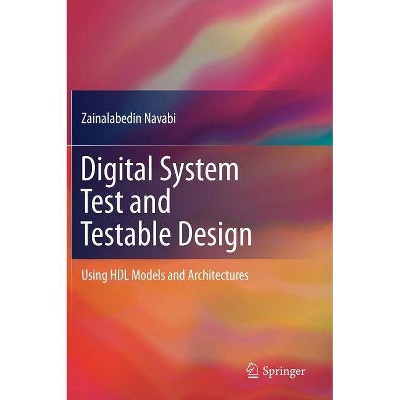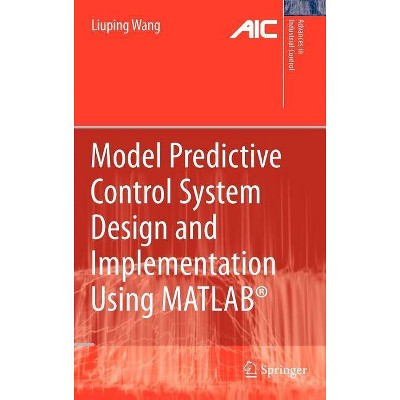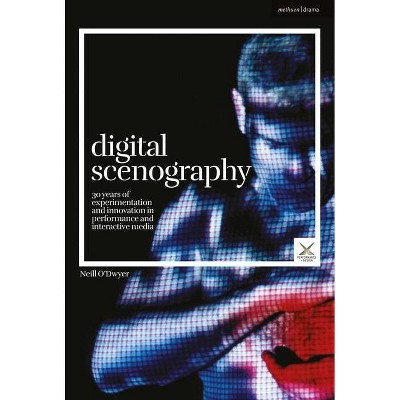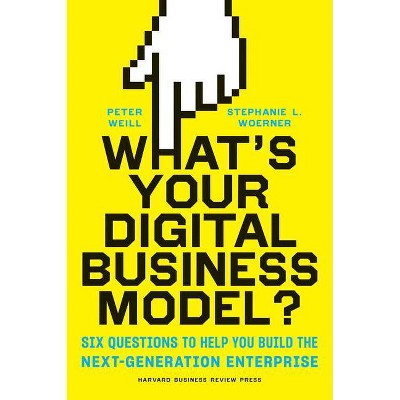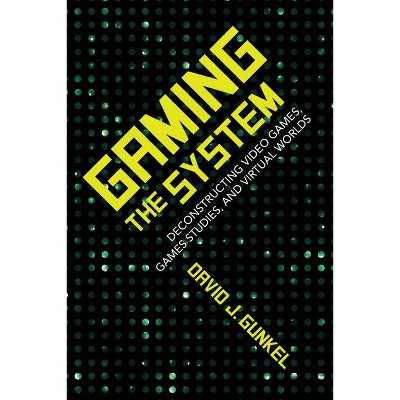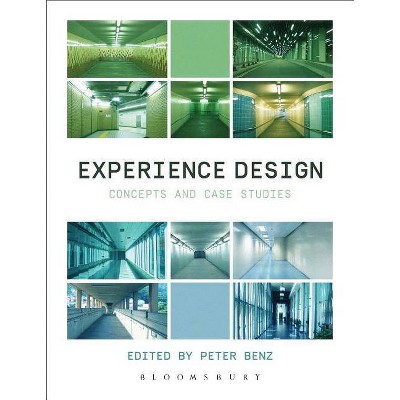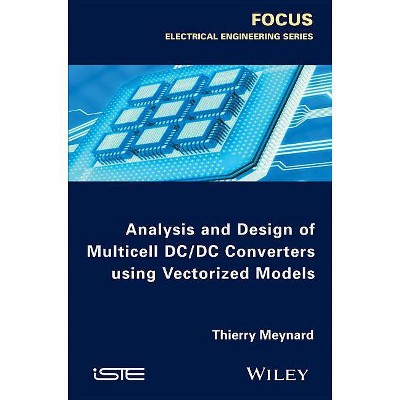Digital System Design Using Fsms - by Peter D Minns (Hardcover)
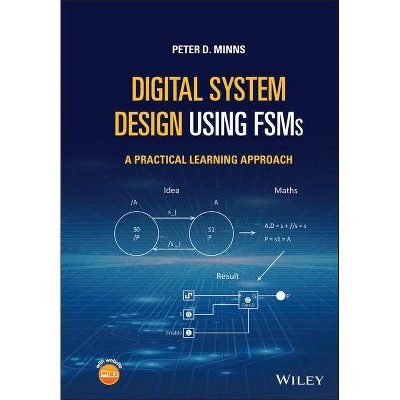
Similar Products
Products of same category from the store
AllProduct info
<p/><br></br><p><b> About the Book </b></p></br></br>"A finite state machine (FSM) is a computation model that can be implemented with hardware or software and can be used to simulate sequential logic and some computer programs. Finite state machines can be used to model problems in many fields including mathematics, artificial intelligence, games, and linguistics. This is a complete update of the author's earlier book, FSM-Based Digital Design using Verilog HDL (Wiley 2008). Whilst the essential foundation content remains, the book has been considerably refreshed to cover the design of Finite State Machines (FSM) in place of Microprocessors, using a novel form of State Machines based on Toggle Flip Flops (TFF) and Data Flip Flops (DFF). It follows a Linear Programmed Learning approach, enabling the reader to learn at their own pace, and to design their own FSM based systems."--<p/><br></br><p><b> Book Synopsis </b></p></br></br><b>DIGITAL SYSTEM DESIGN USING FSMS</b> <p><b>Explore this concise guide perfect for digital designers and students of electronic engineering who work in or study embedded systems</b><p><i>Digital System Design using FSMs: A Practical Learning Approach</i> delivers a thorough update on the author's earlier work, FSM-Based Digital Design using Verilog HDL. The new book retains the foundational content from the first book while including refreshed content to cover the design of Finite State Machines delivered in a linear programmed learning format. The author describes a different form of State Machines based on Toggle Flip Flops and Data Flip Flops.<p>The book includes many figures of which 15 are Verilog HDL simulations that readers can use to test out the design methods described in the book, as well as 19 Logisim simulation files with figures. Additional circuits are also contained within the Wiley web folder. It has tutorials and exercises, including comprehensive coverage of real-world examples demonstrated alongside the frame-by-frame presentations of the techniques used.<p>In addition to covering the necessary Boolean algebra in sufficient detail for the reader to implement the FSM based systems used in the book, readers will also benefit from the inclusion of: <ul><li>A thorough introduction to finite-state machines and state diagrams for the design of electronic circuits and systems</li><li>An exploration of using state diagrams to control external hardware subsystems</li><li>Discussions of synthesizing hardware from a state diagram, synchronous and asynchronous finite-state machine designs, and testing finite-state machines using a test-bench module</li><li>A treatment of the One Hot Technique in finite-state machine design</li><li>An examination of Verilog HDL, including its elements</li><li>An analysis of Petri-Nets including both sequential and parallel system design</li></ul><p>Suitable for design engineers and senior technicians seeking to enhance their skills in developing digital systems, <i>Digital System Design using FSMs: A Practical Learning Approach</i> will also earn a place in the libraries of undergraduate and graduate electrical and electronic engineering students and researchers.<p/><br></br><p><b> From the Back Cover </b></p></br></br><p><b>Explore this concise guide perfect for digital designers and students of electronic engineering who work in or study embedded systems</b></p><p><i>Digital System Design using FSMs: A Practical Learning Approach</i> delivers a thorough update on the author's earlier work, FSM-Based Digital Design using Verilog HDL. The new book retains the foundational content from the first book while including refreshed content to cover the design of Finite State Machines delivered in a linear programmed learning format. The author describes a different form of State Machines based on Toggle Flip Flops and Data Flip Flops.</p><p>The book includes many figures of which 15 are Verilog HDL simulations that readers can use to test out the design methods described in the book, as well as 19 Logisim simulation files with figures. Additional circuits are also contained within the Wiley web folder. It has tutorials and exercises, including comprehensive coverage of real-world examples demonstrated alongside the frame-by-frame presentations of the techniques used.</p><p>In addition to covering the necessary Boolean algebra in sufficient detail for the reader to implement the FSM based systems used in the book, readers will also benefit from the inclusion of: </p><ul><li>A thorough introduction to finite-state machines and state diagrams for the design of electronic circuits and systems</li><li>An exploration of using state diagrams to control external hardware subsystems</li><li>Discussions of synthesizing hardware from a state diagram, synchronous and asynchronous finite-state machine designs, and testing finite-state machines using a test-bench module</li><li>A treatment of the One Hot Technique in finite-state machine design</li><li>An examination of Verilog HDL, including its elements</li><li>An analysis of Petri-Nets including both sequential and parallel system design</li></ul><p>Suitable for design engineers and senior technicians seeking to enhance their skills in developing digital systems, <i>Digital System Design using FSMs: A Practical Learning Approach</i> will also earn a place in the libraries of undergraduate and graduate electrical and electronic engineering students and researchers.</p><p/><br></br><p><b> About the Author </b></p></br></br><p><b>Peter D. Minns, PhD, </b> now retired, has over 33 years experience as an academic Senior Lecturer, most recently in the Department of Mathematics, Physics, and Electrical Engineering at Northumbria University at Newcastle, UK. Prior to academia, he worked in the telecommunications industry and in Power System Protection as a Design and Development Engineer.</p>
Price History
Price Archive shows prices from various stores, lets you see history and find the cheapest. There is no actual sale on the website. For all support, inquiry and suggestion messages communication@pricearchive.us
